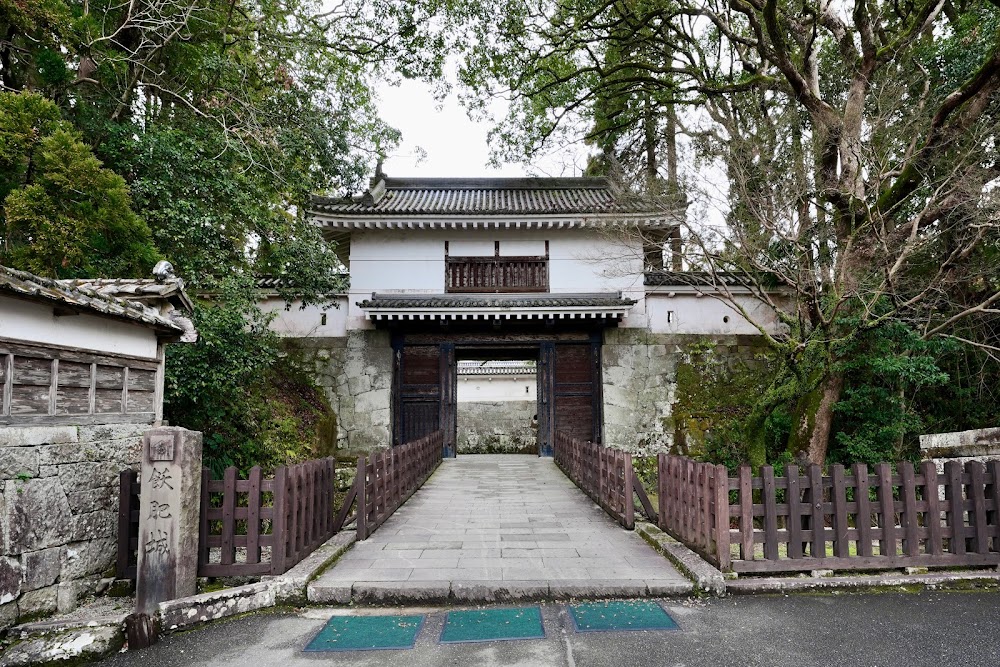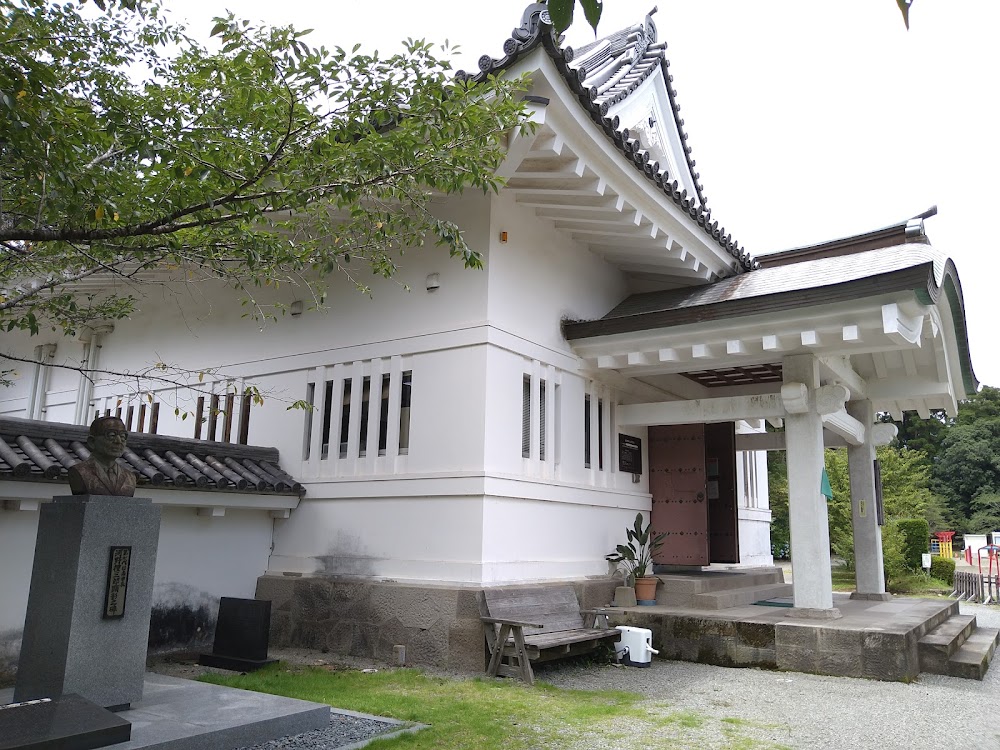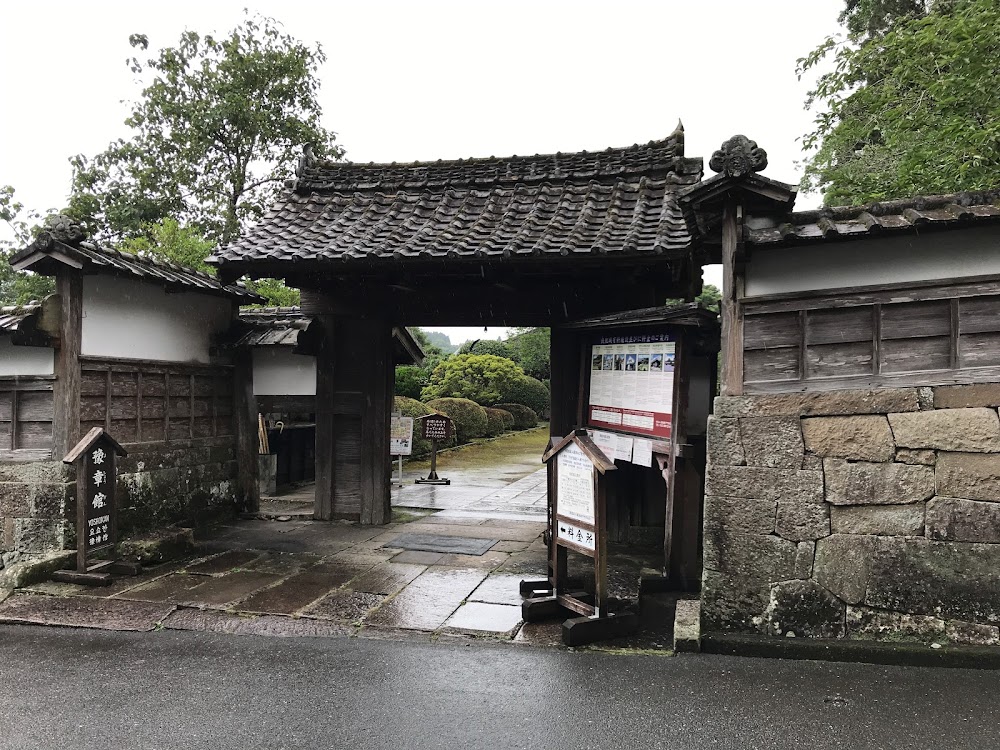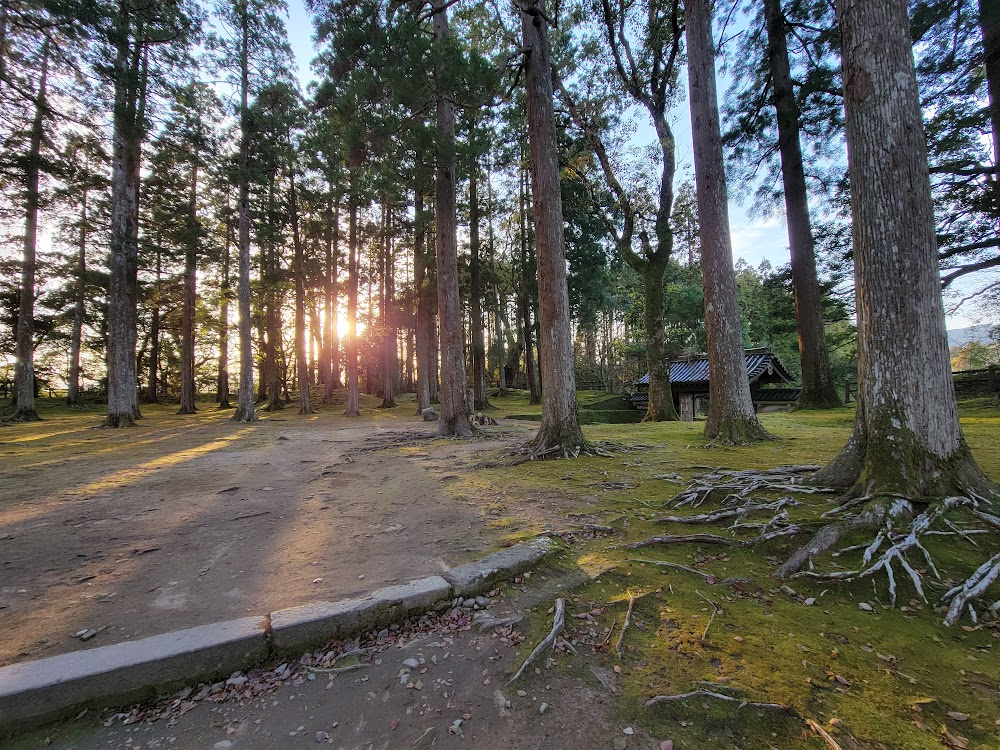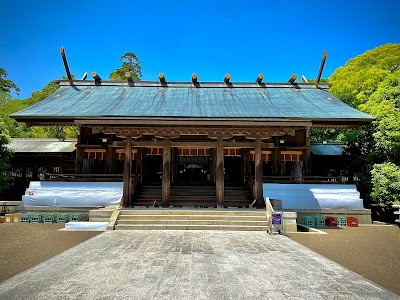Obi Castle Ruins (飫肥城跡)
Related Places
Overview
Nestled in the charming town of Nichinan, Miyazaki Prefecture, Japan, the **Obi Castle Ruins** offer a fascinating glimpse into the region's feudal history. Originally known as **Obi-jo**, this castle was constructed during the **Muromachi period** (1336-1573) by the local warlord **Obi Suketomo**. Initially built as a defensive stronghold, the castle skillfully integrated the surrounding natural landscape, utilizing dense forests and steep hillsides to enhance its fortifications.
The construction of Obi Castle was a remarkable feat, taking advantage of local resources such as timber from nearby forests and stone from the hills. The architectural design reflects typical Japanese castle styles of the time, featuring a series of interconnected small fortresses and enclosures linked by winding pathways, creating an intricate network that was both functional and aesthetically pleasing.
Throughout its long history, Obi Castle underwent numerous reconstructions and expansions, particularly during the **Edo period** (1603-1868) when the **Ito clan** took control. The clan invested heavily in upgrading the castle's defenses and enhancing its visual appeal. They constructed the **Otemon Gate**, which became one of the main entrances, and refurbished many buildings within the castle grounds to reflect their status and power.
However, the **Meiji Restoration** in 1868 brought significant changes to Japan, including the dismantling of many traditional castles. The new government aimed to modernize the country and dismantle the feudal system, resulting in the demolition of various structures at Obi Castle. Despite this, key elements such as gates, walls, and samurai residences were preserved or later reconstructed, ensuring a connection to the past remained intact.
Today, the **Obi Castle Ruins** are more than just remnants; they represent a beautifully restored historical site. Visitors are greeted by the impressive **Otemon Gate**, which has been reconstructed with meticulous attention to historical detail. As you explore the grounds, you can discover ancient stone walls and ditches that hint at the original defensive features of the castle. The site also boasts several preserved samurai residences and gardens that have been lovingly restored, providing a vivid snapshot of feudal Japanese life.
A highlight of the site is the **Matsuo-no-maru Mansion**, a well-preserved samurai residence that offers a glimpse into the daily lives of the samurai class during the castle's prime. Additionally, the **Obi Castle History Museum** showcases artifacts and exhibits that narrate the rich history of both the castle and the surrounding region.
The grounds are celebrated for their natural beauty, with cherry blossom trees creating a stunning spectacle in spring and lush greenery enveloping the area throughout the rest of the year. This harmonious blend of natural beauty and historical significance makes the Obi Castle Ruins a tranquil place for reflection and leisure.
The preservation and restoration efforts at Obi Castle have been a community endeavor, with local craftsmen and historians playing a crucial role in maintaining the site's authenticity and educational value. Their dedicated work ensures that the Obi Castle Ruins remain a vital cultural monument, connecting visitors to Japan's evocative feudal past.
In essence, the **Obi Castle Ruins** stand as a testament to an era when samurais roamed the grounds and regional lords exercised strategic governance. The combination of stunning natural scenery and rich historical context makes this a must-visit destination for anyone interested in Japan's captivating cultural heritage.


